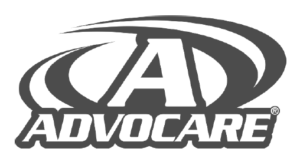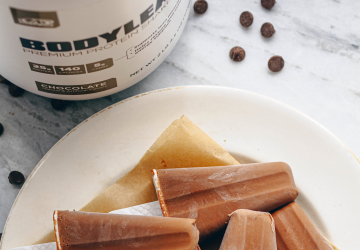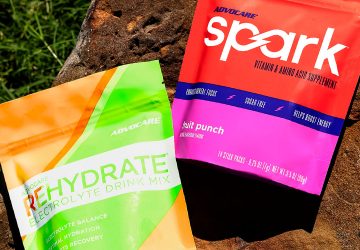Are you training for an upcoming competition or fitness event? Looking to get more out of your training sessions? Maybe you like to run marathons, or maybe you play on a sports team. Maybe you enjoy sports performance classes like boot camps or CrossFit, or maybe you’re training to meet a personal goal. Regardless of whether you’re a professional athlete or an amateur, it’s always a great time to work on things that can improve your performance in the future. Here are three things you can do to improve your sports performance going forward: Tweet This!
1) Build a strong and powerful lower half.
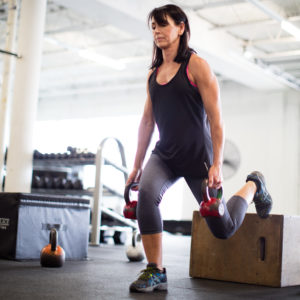
Your hips and legs act as power generators for the rest of your body. Without a strong and powerful lower half, you will not reach your maximum potential as an athlete. Imagine trying to build a house on sand – what would happen? The house would eventually crumble and fall because it has no foundation. You need a strong foundation. There are no weak athletes who are fast or powerful.
To build a strong and powerful lower half, start with being able to control your body weight and then add external resistance. Good starter exercises are squats and touches, deadlifts, box split-squats with the rear foot elevated, and walking lunges. When you can do these with perfect form, add resistance.
2) Create a stable and active core.
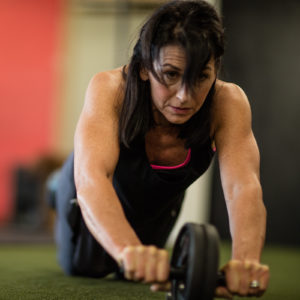
Anyone who is familiar with training can tell you how important the core is in just about any sport or athletic regimen. Core strength is essential to perform at your best and stay healthy. Tweet This! A strong core will help stabilize and brace the spine for explosive movements.
For example, baseball players perform a wide range of body movements during the game, such as swinging, throwing, running, etc. When the pitcher swings and throws, power is initiated in his hips and thighs, and is then transferred by the core to his upper body, arms and hands where it is applied to the ball. If the pitcher’s core is weak, his ability to hit with power and throw hard will be limited. A strong core will also allow him to transfer forces generated in the legs throughout the body when running the bases or tracking down a fly ball.
As you can see, the core plays an extremely important role in all of these movements! Nearly all athletic movements involve both the lower body and the core. To develop strong core stabilizer muscles, focus on front and side planks and tubing holds and pulls.
3) Move in the transverse and frontal planes.
Fl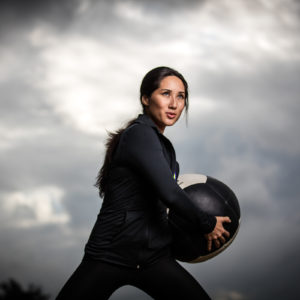 exion and extension (bending or straightening of the joints) occur in the sagittal plane. Lateral movements (side to side motions) occur in the frontal plane and rotary movements (rotating motions) occur in the transverse plane.
exion and extension (bending or straightening of the joints) occur in the sagittal plane. Lateral movements (side to side motions) occur in the frontal plane and rotary movements (rotating motions) occur in the transverse plane.
We often see a heavy emphasis on power exercises in the sagittal plane – think about exercises such as squats, lunges, power cleans, etc. While sagittal plane movements are not bad, make sure not to neglect the rotational and lateral movements! Frontal plane exercises incorporate lateral movements, such as side lunges, side shuffling, or dumbbell lateral raises. Transverse plane exercises incorporate rotational movements, which can be anything from sledgehammer swings, med-ball rotational throws, or Russian twists.
Use sagittal plane exercises to help build a solid foundation of strength, and then incorporate exercises designed to build power and explosiveness in the transverse and frontal planes to maximize your performance across the board.
Add rotational exercises from the knees, one knee, lunge and standing positions to your exercise regimen to improve transverse plane movements. Do lateral movements and lateral jump, and landing exercises to improve frontal plane movements.
Which exercises will you add to your work out routine to improve your sports performance? Tweet This!
